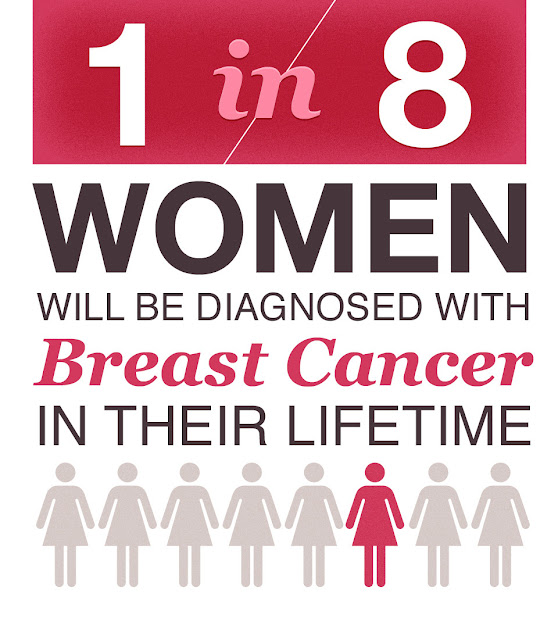
Do you know that a simple constant 4000 dangerous chemicals daily smokers would soak into your body, which will make you very sick, but also can kill you without you notice?
Do not smoke poison:
These are the people that live with misunderstanding all the problems, smokers often Cigarette by deploying one or two puffs are haywire. However, they probably do not know that a cigarette contains around 4,000 dangerous chemicals, are the biggest cause of cancer and other fatal diseases.
Tobacco are known to cause mouth, throat and esophagus cancer, mouth cancer, heart disease, lung cancer, ulcers, bladder cancer and malignant diseases are like a Peripheral artery. Worldwide approximately 50 million deaths per year are caused by tobacco use. So, let’s talk about today that the ten most deadly chemicals present in a cigarette.

1] Tar:
Tar is deposited in the lungs by cigarette smoking. The resin contains a tar-like substance that is deposited on tobacco use in our lungs. Due to the accumulation of tar lungs have difficulty breathing. Inside the tar in tobacco chemical ingredients which contain significant amounts of cancer and other serious diseases causes.
2] Carbon mono oxide:
Cigarette smoke also contains carbon mono oxide. When these smokes instead of oxygen in the blood fill the gas, causing the oxygen does not meet all the various organs of the body. The gas is also increased because of the heart.
3] Nitrogen oxide:
The gas present in cigarette smoke causes inflammation in the lungs up. The so severe problem is that no regular smokers would not smoke, that stops the production of internal nitrogen oxide. That regular smoker is problematic heavy breathing and breathlessness.

4] Benzene:
Benzene is a compound which is more likely to causes leukemia in humans (blood cancer). It is also known as a carcinogen (carcinogens). In practical life, usually, gasoline and benzene are used in pesticides. Almost half of the cigarette is benzene, which can damage your health too.
5] Formaldehyde (Formaldehyde):
Formaldehyde in cigarettes causes the problem of eye irritation and cough. It is not just for smokers but also those who meet smoke damage. In practical life, it is a disinfectant which is used to preserve dead bodies.
6] Arsenic:
Arsenic is one of the most dangerous compounds; it has become a cause of cancer, as well as damage to the blood vessels of the heart. Over time, it accumulates in the smoker’s body and interferes with our DNA repair system that makes the body sick.
7] Cadmium:
Did you know that you used to create batteries of smoke through the compound (cadmium) are also drinkable? Yes, these toxic metal causes not only cancer but also kidney damage as well as damage to the lining of arteries that.
8] Chromium:
Chromium, the carcinogen-DNA freezing wrecks it. When we consume as cigarettes, which proceed chromium causes cancer. Now, usually, chromium is used to make dye, paint, and metal alloys.

9] Hydrogen cyanide:
Spun cigarette smoke damage the cilia in the compound increases the risk of cancer. The material is a little hair-like cilium, which organized our breathing airways and helps toxins. If the cilia are destroyed, the lungs become vulnerable and more toxic substances quickly enter them.
10] Ammonia:
Chemistry labs encountered in his unconscious that he is strong and remember the smell of ammonia? Yes, these chemicals are also used in cigarettes. It is a chemical that boosts the nicotine addiction. (Shrinkage arises in the ducts of the heart caused by nicotine, which causes the blood to body organs cannot attack properly). Ammonia chemicals commonly used as a toilet cleaner.

Quit Smoking Now!


























